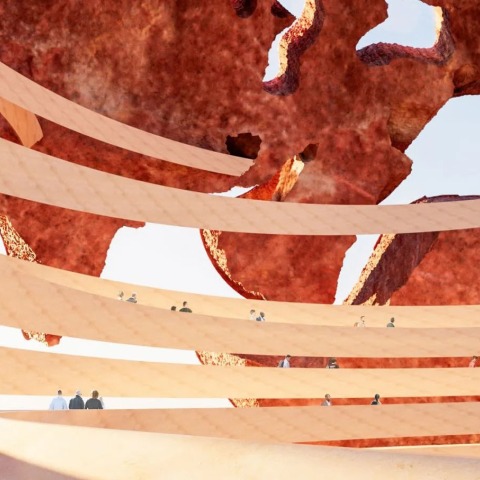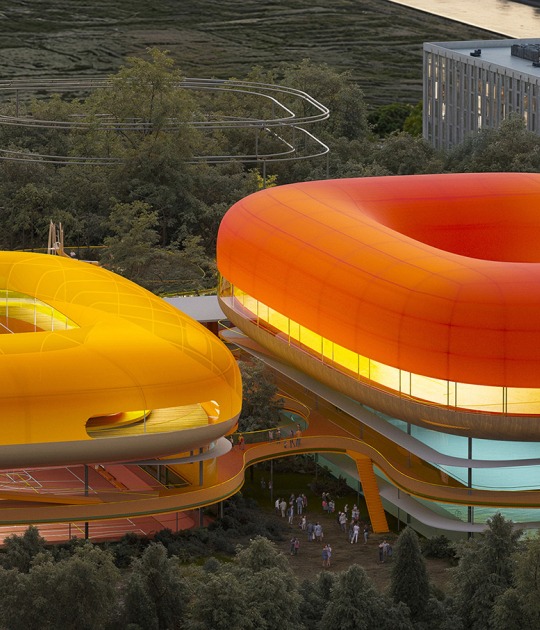Our objective with this is to place these works back in the spotlight, and to restore the right of societies to access their heritage, experience it, and recognize themselves in it.”
According to the Antiquities Coalition, a US-based NGO, the most significant looted and stolen artifacts currently missing globally include a third-century alabaster stone inscription taken from the Awwam temple in Yemen between 2009 and 2011.
Also on the coalition’s list are a seventh-century BC ivory relief of a lion attacking a Nubian, stolen from the Baghdad Museum in 2003; a green stone mask looted from the Maya site of Rio Azul, Guatemala in the 1970s; and a fifth-sixth century figurine of Varaha taken from a temple complex in Rajasthan, India in 1988.
The $2.5m (€2.37m) virtual museum should open in 2025., visitors will be able to navigate through a succession of virtual spaces in which detailed 3D representations of the pieces will be presented.


























